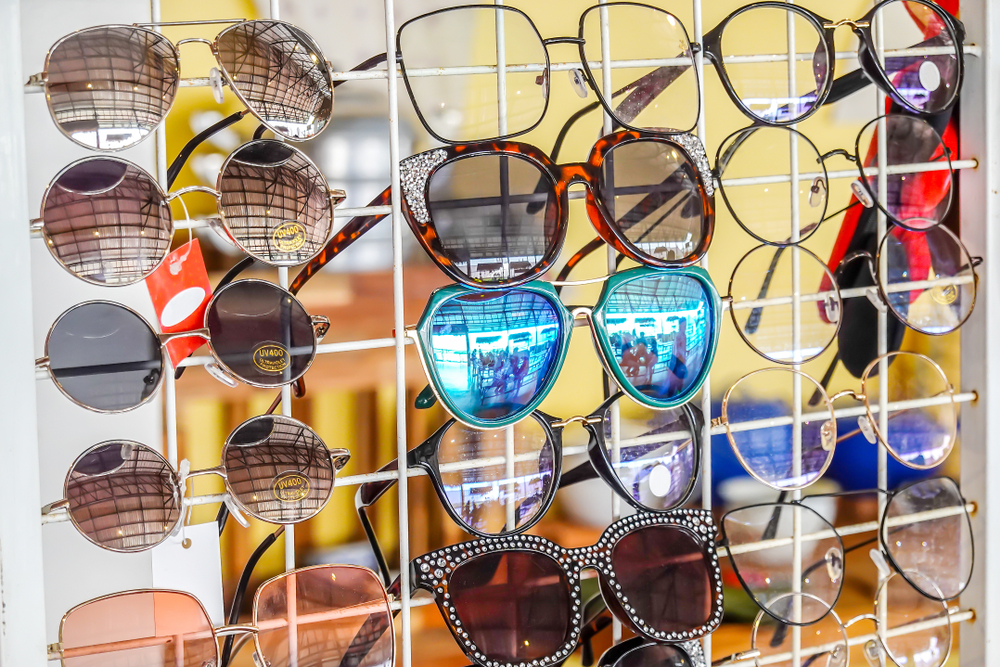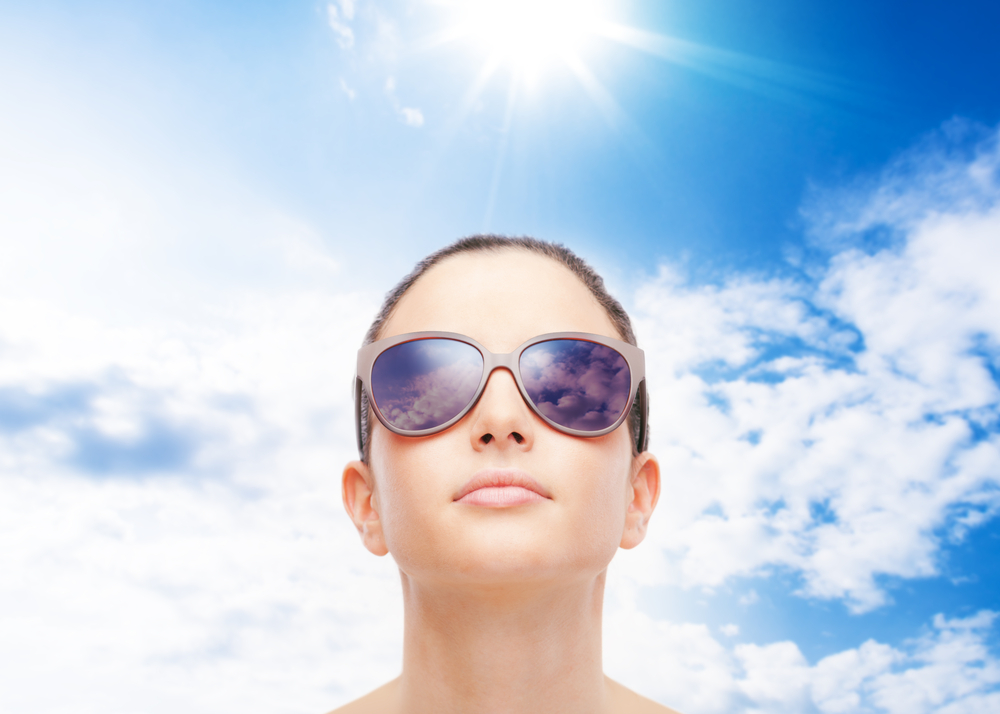It is an oversimplification to think that 20/20 means perfect eyesight. This test only measures one factor, which is how clearly we can see at a distance. There are many other factors to healthy, clear eyesight.
If an individual has 20/20 vision, it means they can see clearly at 20 feet what most other people can see at 20 feet. Often people find they have lost some of this clarity by middle age. If they have 20/40 vision they can only see at 20 feet what a healthy eye can see at 40 feet. A few people have less than 20/20 vision even as children. On rare occasions, individuals have superior eyesight, better than 20/20. They might have 20/15 vision, which means they can see at 20 feet which are considered normal at 15 feet.
Only about 35% of adults have 20/20 vision. Most others are close to normal but need glasses to help them see distances.
Of course, a person might see clearly at a distance but struggle to read. This is short-sightedness, which is actually quite common. The person might score 20/20 on the eye chart test, but they still have a significant eyesight problem.
Some symptoms of eyesight problems include:
- Inability to focus on written material
- Difficulty concentrating
- Poor reading comprehension, especially when young
- Short attention span
- Headaches/dizziness
- Double vision
- Watery eyes, frequent blinking and eye rubbing
- Eyes struggle to turn inward when focusing on close objects
Other eyesight issues include:
Peripheral vision issues, where we do not see clearly on either side of us. Everything in the centre of our vision might be clear, but we simply do not see on either side. This might go undetected on an eyesight chart test.
Colour blindness is the inability to see certain colours. Red and green might look the same. This can be a huge problem if it goes undetected.
Depth perception can also be an issue. We might not be able to see how long, wide or deep an object is. Everything will look flat, like a photograph. This leaves us prone to accidents when we misjudge a staircase or a turn.
Why is vision important?
- Safety – if you have compromised vision you will be prone to accidents, especially when driving.
- Comfort – if your vision is poor you will be constantly squinting and straining. We may not notice this until it becomes extreme, but this will leave us agitated.
- Quality of life – it is lousy when we cannot see a film in the theatre or the presentation at school or work. Once we have glasses or contact lenses we will be surprised at the improvement.
- Health – poor eyesight can lead to headaches, neck cramps, and sore eyes. This is not something anybody wants.
- Reading and education – with poor eyesight we will tend to misinterpret what we see. And we probably won’t realize this. We don’t know what we are missing or misunderstanding. Good eyesight makes things easier. It will all come into focus.
Eye Tests – Optometrist Sydney
Children routinely receive eye exams in primary and infant school. This is a good practice, but limited. These tests are very general in nature, and while they will almost always detect near-sightedness they generally will not pick up other eyesight conditions. It is important to have regular eyesight exams once per year, or if we notice any change in our vision. Early detection helps prevent serious issues.
All4Eyes is about complete vision care. We test and diagnose all types of eye disorders. And we find the best way to correct the disorder, usually through glasses or contact. Or we find the right method to help a patient with their eyesight issue.
Looking for Optometrist in Sydney?
It is important to have regular eyesight exams once per year, or if we notice any change in our vision. Early detection helps prevent serious issues.









